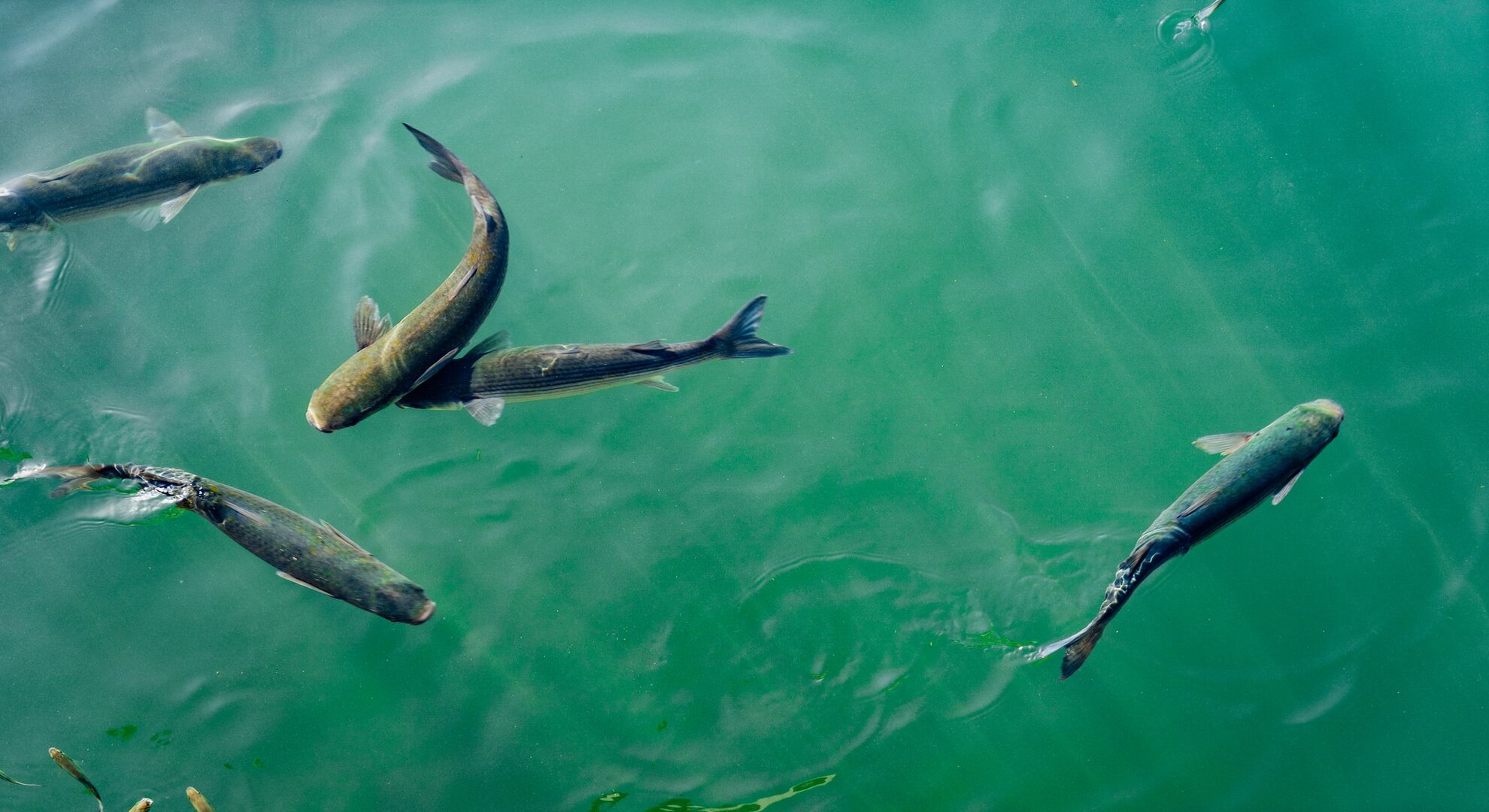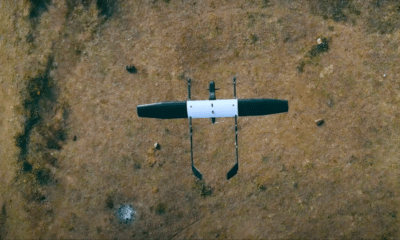Agriculture
Aquaculture is risky but has potential to boost farmer incomes: Rajamanohar Somasundaram
Aquaculture involves high risk both internal and external throughout the culture operations, says Rajamanohar Somasundaram, CEO, Aquaconnect. But with fast growing production capacity and export volumes, he believes the sector has immense potential to enhance sustained farmer incomes.
Somasundaram tells MyBigPlunge about the need of risk mitigation in the aquaculture industry:
How has the aquaculture sector transformed in the past 10 years?
Owing to India’s enormous coastline, fisheries have always played a pivotal role in India’s economy, and more so in the last decade. The Aquaculture sector alone has grown multifold with major improvements in production capacity. If one were to look at numbers alone, India is the second largest fish producer with its seafood exports being valued at ~$7 billion in 2020 from ~$2 billion in 2010. Overall, there has been a 2x growth in fish production from 4.8 million tonnes to nearly 11 million tonnes in the last decade.
One of the key driving factors of this transformation can be attributed to the growth of inland aquaculture, specifically freshwater aquaculture wherein inland fish production stood at ~11 million MT in 2020 (from 4.9 million MT in 2010) and shrimp output stood at 8 lac MT in 2020 (from 1.42 lac MT in 2010). Aquaculture continues to grow faster than any other major food production sector. With increased adoption of technology and sustainable farming practices the sector is well poised to meet its ambitious target of doubling production in the next 3 years.
Are more farmers engaging in aquaculture? Is it profitable?
Fish and shrimp farming has been providing viable livelihood opportunities to innumerable farmers across the country. Nearly 15 lac farmers and their families are dependent on aqua farming as their primary source of income. With fast growing production capacity and export volumes, the sector has immense potential to enhance sustained farmer incomes. Inclusion of digital technology in the production cycle, post-harvest management and adoption of sustainable farming practices can make the value chain resilient and prosperous, contributing to increased profits (50-70%/ crop) for the farmer alone.
What are the risks involved in aquaculture?
Aquaculture involves high risk- both internal and external throughout the culture operations. Both fish and shrimp face the risk of poor growth, disease outbreaks, and mass mortality. External factors such as floods and cyclones lead to structural damage of culture ponds and stock escape. Infact, shrimp farmers are prone to high risk particularly when the culture levels cross 70-80 DOC as the investment at this stage is high. Any changes to the shrimp culture, as a result of the aforementioned factors, leads to huge losses. Fish farmers are also prone to such challenges depending on the species being cultured. Mitigation and management of such risks therefore becomes extremely important in order to avoid financial burden on the farmer.
What about the climate change risk and factors? How does it have an impact on aquaculture?
Climate change poses several challenges for both marine fisheries and aquaculture. At the ground level, farmers need to resort to different measures and change production systems to minimize the impact of increasing temperature, unprecedented rainfall & floods, infrastructure damage, disease spread and less productivity, which requires adequate awareness and training to mitigate the challenges. In the last few years, climate change and the ensuing shifts in the marine environment have disrupted farmer livelihoods. The recent downpour in Odisha which broke the 83-year old record, cascading floods submerged 3000 + ponds and damaged farm infrastructure resulting in catastrophic damages.. This example further underscores the importance of having risk-mitigation strategies in place so as to continue the next crop cycle without financial stress. An emerging trend as a result of climate change is that agricultural farmers are now shifting to aquaculture as a viable occupation due to increasing saline conditions of agricultural land in non-coastal regions like Punjab and Rajasthan. Adoption of sustainable practices and technological interventions therefore, become critical to combat the risks posed by climate change.
How does Aquaconnect help mitigate risks in this sector?
Formal lending institutions and insurance companies have largely figured out risk-mitigation strategies for the agricultural sector. However, the aquaculture sector poses a different challenge altogether. Underwater operational nature of aquaculture activities requires a different approach and technologies that allow banks and insurance companies to easily monitor their portfolio in real-time/near-real-time. Prevalence of traditional farming practices and transparency makes it even harder for farmers to secure insurance.
The need for the hour therefore was to deploy technology solutions that provide risk mitigation solutions to aid both underwriting and monitoring teams. AquaCRED bridges this gap between farmers and formal financial institutions to get formal credit & insurance. The AI-powered platform leverages farm-data by combining ‘eyes in the sky’ (secondary data from satellite remote sensing solutions) and ‘boots on the ground’ (primary data from pond’s samples) through machine learning. It also brings transparency and predictability to the entire process, thereby lowering risks and solving associated problems for the BFSI segment. At the farmer front, credible data profiles create a huge opportunity for fish and shrimp farmers to access formal finance with low interest and reduce the dependency on informal lenders.
As a first step towards enabling financial inclusion, Aquaconnect has partnered with two major insurance companies this year. At present we are providing insurance to fish farmers in Andhra Pradesh, Tamil Nadu and Odisha.
Does the Aquaconnect have to educate and encourage the farmers time and again?
Also Read: India could become 5th largest stock market by 2024: Goldman Sachs
While encouraging the adoption of digital solutions amongst farmers, it is essential to overcome the steep learning curve and adoption resistance. To overcome these challenges, our aquaculture officers on-ground act as transition champions who handhold the farmers for 1-2 crop seasons to improve technology adoption and get familiar with such tools. This instills significant confidence amongst the farmers to use such tools on their own.
Overall, what is the company’s outlook?
Aquaconnect provides end-to-end services for aquaculture farmers through technology-driven solutions and brings transparency in the ecosystem to benefit farmers and the stakeholders. Our aim is to continuously evolve with futuristic technologies that facilitate best solutions for problems in the aquaculture sector.







































